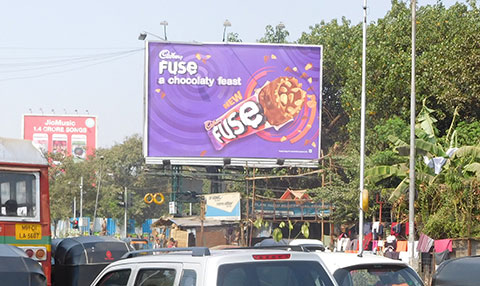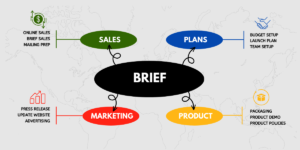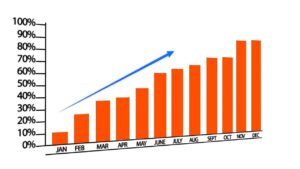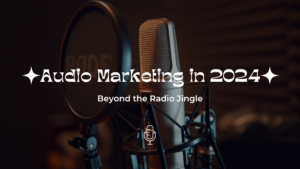You need to consider, the below mentioned flow to create an effective marketing plan:
- Campaign Objective
- Understanding the TG
- Choosing the media vehicle
- Allocation of budgets
- Creation of Gant chart for execution
- Post launch analysis

Campaign Objective:
The campaign objective or the business goals is an important factor to be kept in mind when preparing the marketing plan.
What is the goal of the campaign conversion or brand salience? The campaign communication the media mix will entirely depend on the goal of the campaign.
For e.g: If we are looking to generate maximum sales during the festive seasons the main communication will be the offers, discounts & urgency.
While in case the objective is to create the brand salience the communication will be on the product features, USP (unique selling proposition) and other features.
If we see real estate industries, they mainly focus on the offer led communication with tempting payment plans and discounts.While when we speak about FMCG they focus on the product
Products like real estate mainly focus on the conversion hence is mostly led by offer led communication. While a brand like Apple which has sufficient brand loyalty and salience speak of the product features and exclusivity.
Understanding the TG (Target audience/ customer) :
It is very important for a marketer to understand the Target audience i.e. the customers they are speaking to or engaging with. The buyer persona should be sketched well for a successful marketing strategy to be in place.
The buyer persona should have the complete sketch of the customer. It should include the below mentioned parameters.
- Age
- Gender
- Life stage
- Location
- Lifestyle/interests
The more you know your target audience the better you devise your marketing strategy and communication. Knowing your customer well helps you choose your media vehicles and plan an efficient investment.
For e.g.: You want to position your product as luxury in the mind of your customers. You need to be a good story teller. All your marketing communication should connect with your audience well and story telling helps in this. Youtube videos, blogs, Influencer marketing are few of the media vehicles which help you position the product and create the brand salience in the mind of the customers.
Choose Media Vehicles:
There are various media vehicles, and each have their own purpose or strengths. Depending on your campaign objective choose the same and plan your investment in them accordingly.
TV/YouTube: They communicate your message to the mass; they provide you the highest reach. These mediums come handy when you want to create brand awareness.
Digital Facebook/ Google / social media: Social media can be leveraged both for engagement or to generate lead. The digital media gives marketer the flexibility to narrow down their target audience basis their age, gender, location, and interests. These mediums help develop connect with audience in the consideration stage.
Radio/OOH digital: They work as recall medium. If you are already in the consideration set of your TG then this medium helps you with the final conversions.
OOH/Print: OOH and print media is useful to give an all-round presence of your campaign. Print helps communicate the proposition in detail to the customers. Outdoor medium act as different purpose depending on the industry.
For e.g – Real estate products are highly location specific. They make good use of OOH media by capturing the audience in their target micro market with multiple billboards, sometimes these billboards act as their direction signage to their product site too.
While FMCG brands use billboards for topical ads or offers during the festive season they cover the city with the relevant communication, they can entice the curiosity in the customers during their travel from source to destination by appearing multiple times during the journey.
ATL mediums though costly is an effective way to create the all-round presence of the campaigns. They lead to the campaign success when planned well.
Budget Allocation:
Now comes the most difficult part of the marketing plan allocation of budgets to different mediums. At this stage, the previous data and previous recently executed campaign data comes to help. Which product category has been able to drive maximum revenue through which channel will help the marketer to plan the budgets well. Higher % of budgets should be allocated to the medium which has been able to drive maximum revenue rest of the vehicles can be used as a support vehicle.
If a print ad leads to increase in query on digital or a hoarding gives you site visit, we should analyse it well and understand which media is the main media and which is the support media here. In certain cases, it might be 70% digital and 30% Offline while in other caes it can be vice-versa. It depends on the product you are marketing, the stage in consumer lifecycle the product is in and the campaign objective.
Gant chart for execution:
Post planning it is time to execute. Any plan if not executed well can be a failure. The execution needs to be planned and documented well so that all stakeholders follow it towards the success of the campaign.
All media should fire simultaneously on the launch date of the campaign to make the launch successful. The TG should be made aware of the campaign on day 1. The launch should be supported by a follow up campaign to drive maximum conversion.
For e.g.:
Phase 1 campaign launch media vehicles used can be Outdoor, Print, Digital.
Phase2: Post 10 days of campaign the vehicles which can be live are OOH, Digital, Radio.
Followed by Offer closure supported with email marketing, re-marketing in digital, radio as recall.
Post Launch Analysis:
Post the planning and execution stage the most important stage comes in for the marketer i.e campaign monitoring. Monitoring the campaign on a regular basis to gauge the response by various media vehicles and re-shuffling budgets accordingly. It might be assumed while planning that print and outdoor will give “X” results but once the campaign is live, and post the analysis we get to know that the cost of lead and conversion with Facebook lead ads is far lesser than the ATL campaign or that the expected results of ATL medium can be compensated by digital alone. In order to generate maximum ROI, the budget should then be re-shuffled proportionately and allocated to the most performing media basis the lowest acquisition cost.
Data analysis plays a crucial role in the success of a campaign.
The above few points mentioned can lead to a effective marketing plan and successful campaign . There is more to data analysis which will be covered later.
Happy Planning 🙂










